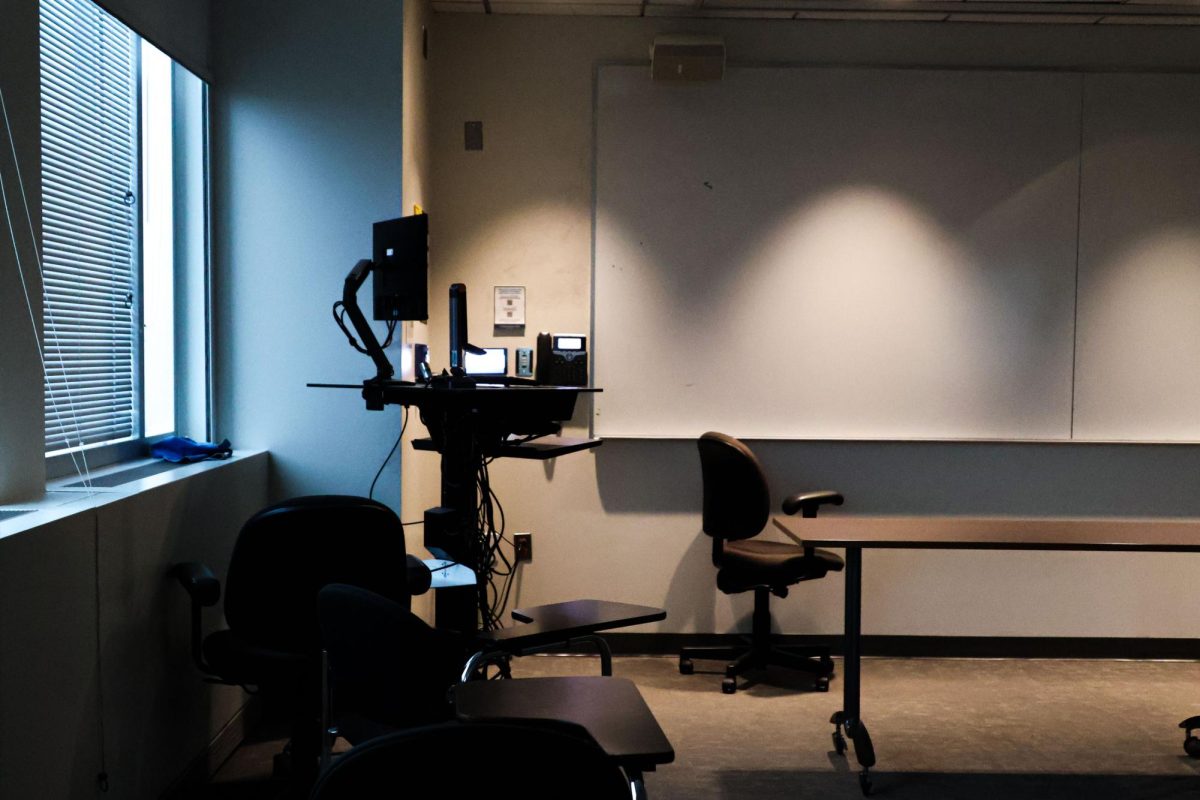
GW’s operating surplus was higher than expected during fiscal year 2016, putting the University ahead of schedule on its five-year revenue projections.
Joseph Cordes, a professor of economics, public policy and administration and international affairs, and chair of the Faculty Senate’s fiscal planning and budgeting committee, said that the operating revenue increased by 3.7 percent from fiscal year 2015 to fiscal year 2016, and the operating expenses decreased by 0.4 percent, leaving the University with a positive operating margin of $30,466.
This follows two consecutive years of operating at a deficit – in fiscal year 2015, the operating margin was at negative $12,484.
“We did achieve something which we haven’t for a while, we were almost balanced in terms of the total sources used,” Cordes said. “We’ve had negative operating margins for some years, that’s been a matter of some concern. Last year it flipped rather dramatically.”
He said that although operating margin is not the only indicator of financial performance, it is an important indicator of the University’s overall financial health, particularly to credit rating agencies. Both Moody’s and S&P have maintained stable ratings of the University.
“The bond rating agencies care about this,” Cordes said. “They always mention the University’s operating surpluses in their ratings reports and for the last couple of years they’ve been pointing out they haven’t been as strong as in prior years. So this is good news.”
Cordes said that lower expenditures in personnel costs because of layoffs and vacancies in positions were the primary cause of the positive operating margin.
“In the last fiscal year which closed in July, revenue grew by 3.7 percent,” Cordes said. “What’s more important is that expenses decreased by about four-tenths of a percent. The latter number reflects the efforts that all parts of the university have been making to reduce costs by leaving positions vacant or in some cases layoffs unfortunately.”
Officials began the first round of 3 to 5 percent budget cuts last fiscal year, and those cuts will continue each year for the next four years. Leaders announced in May the consolidation of several offices as part of the cuts, as well as the elimination of 40 positions in May 2016.
Rene Stewart O’Neal, the vice provost for budget and finance, said in an interview that when the University switched to a five-year revenue projection plan in 2014, administrators identified about $100 million in cuts that would need to be made over five years.
O’Neal said that although fiscal year 2016’s operating surplus means that some of these savings were achieved earlier than expected, cuts will still have to be made.
“The overall message is that the University’s finances are healthy,” O’Neal said. “We have challenges, but we have plans in place and strategies to meet those challenges.”
O’Neal said that many of the savings came from delays in hiring for vacant positions, a situation that cannot happen every year because those positions need to be filled in order to make progress on University initiatives. She said administrators will continue to be vigilant with various divisions in helping them identify the best ways to leverage currently available resources and to be very “intentional” when hiring for new positions.
“It’s wonderful that the budget expenses reflected the fact that those initiatives worked,” she said.
Provost Forrest Maltzman said in an interview that the operating surplus is partly a reflection of the positive effect that the new budget model has had on finances in the individual schools. Fiscal year 2016 was the first full year of a decentralized budget model for the University, placing more power in the hands of the individual schools and deans.
“Last year all of our schools ended up fiscally in a really good spot,” Maltzman said. “The reason we did okay last year was because everybody really met their expectations, and the new budget model definitely gave incentive for some of the schools to meet their own.”
Maltzman said that barring any “dramatic” shifts in enrollment or expenses, the University is generally on track with its financial projections for the next few years.
The budget for fiscal year 2017, which was approved in May by the Board of Trustees, projects that the operating surplus will be positive again, at $27,578.
Maltzman said that because increasing tuition and enrollment are not feasible options for increasing revenue, central offices will have to continue to find ways to cut costs over the next few years to maintain good financial health.
“It is very very clear also that there are all sorts of things that are on the horizon, and we have to be very mindful of our budget, we have to keep investing in new areas,” Maltzman said. “The innovation that we do going forward is going to have to depend upon people making difficult reallocation decisions.”
Cort Carlson contributed reporting.






